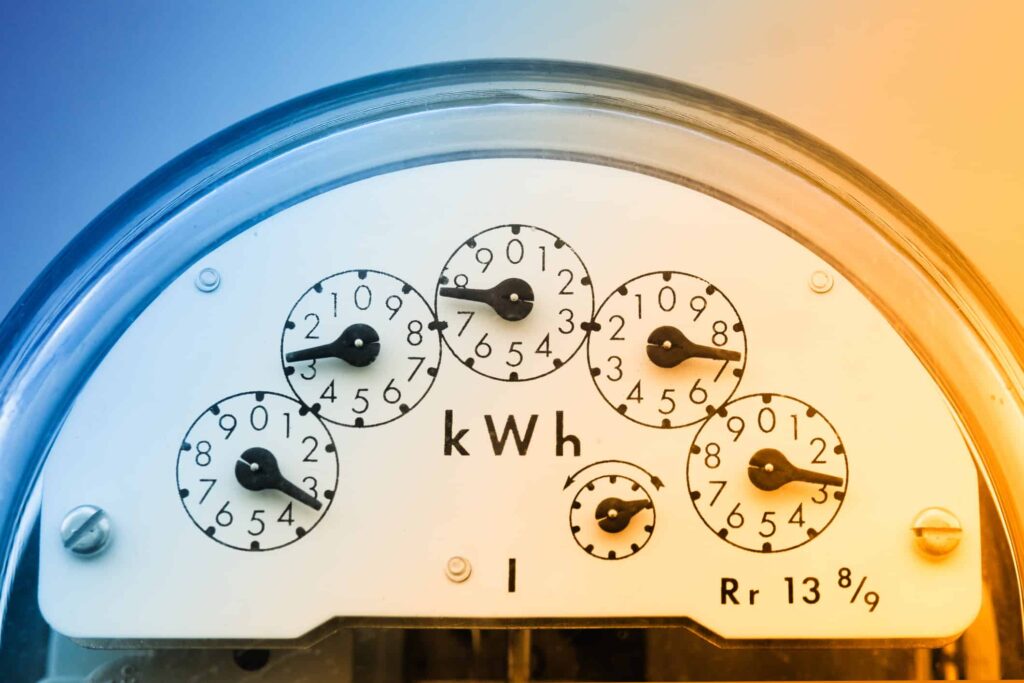Utility stocks have long been known as “widows and orphans” stocks. They earned that nickname because they were commonly recommended to people who needed to be financially independent due to their circumstance. The idea was simple – these were reliable, income-generating businesses that provided essential services, and financial advisors often leaned on them to help deliver stability and steady cash flow.
Today, you don’t need to be widowed or orphaned to invest in utility stocks. In fact, they’re still a great option for long-term investors looking for dependable, defensive income. Here’s how a $20,000 investment in a Canadian utility exchange-traded fund (ETF) can help set you up with solid monthly income for years to come.
Why buy a utility ETF?
Utilities are one of the few sectors where I almost always prefer using an ETF – and that comes down to three things: regional variety, disaster risk, and leverage.
The first two are closely related. Unlike a global tech, consumer staples, or financial services company, utility businesses tend to be geographically bound. Most only operate in one province or region. Very few are transnational, whether they’re generating electricity or distributing it. That means you get a lot of variation across companies, and no single stock gives you broad coverage.
Then there’s climate risk. As climate-related disasters become more common, some utilities are hit harder than others. Think of what happened with California utilities during wildfire seasons, or Florida utilities dealing with hurricanes. You don’t get compensated for that risk – there’s no extra return based on the probability your investment will go up in flames, literally or financially.
Finally, utilities are heavily leveraged. It’s the nature of the business. Rate increases are capped by regulators, so the main way to grow is by expanding the rate base – getting more customers. But that usually requires building new infrastructure or acquiring other utilities, both of which are financed by debt. And when that debt stacks up, it can spiral into a real problem, especially if growth expectations aren’t met or borrowing costs rise.
Personally, I’m lazy and don’t like combing through balance sheets to figure out who’s solvent and who might not stay that way. I’d rather just buy the basket and let the ETF handle the diversification for me.
A utility ETF built for monthly income
One option worth considering is the Hamilton Utilities YIELD MAXIMIZER™ ETF (TSX:UMAX). Unlike traditional utility ETFs that stick to electricity and natural gas providers, UMAX takes a broader approach.
Its portfolio includes not only those core utilities, but also pipelines, telecoms, and railways – essential services that play a similar role in the economy. It’s a more forward-thinking definition of utilities, based on reliability and necessity, not just regulation.
UMAX generates income in two ways. First, from the dividends paid by its underlying holdings. Second, through a covered call strategy, where it sells at-the-money call options on 50% of the portfolio. This caps the upside on that portion, but in return provides steady monthly income. The other 50% is left uncovered, allowing it to participate in growth.
Right now, UMAX is paying an annualized yield of 14.5%, distributed monthly. If you’re buying it for income, consider holding it in a Tax-Free Savings Account (TFSA) so you can withdraw that cash whenever you want, with no penalties and no taxes.

